Backdoor Roth IRA Contributions
Many individuals put off saving, thinking that retirement is years away. This guide shows how older investors can potentially catch up.
Retirement planning is complicated. Many individuals put off saving, thinking that retirement is years away—until it isn’t. Then, in their 40s and 50s, they start to panic and wonder how they’ll catch up. One strategy, made possible beginning in 2010 by a provision to the Tax Increase Prevention and Reconciliation Act of 2005, presents a way for some individuals to potentially put away more money for retirement, in a tax-advantaged way.
A Strategy That Works Around Income Phaseouts
One of the reasons people may invest in traditional IRAs is because contributions are tax deductible—but only for individuals within a certain income threshold and who are covered by a workplace retirement plan. Individuals with income over the limit can still contribute, but the contribution amounts are not deductible. A similar income phaseout exists for those wanting to contribute to Roth IRAs, whether or not they are covered by a workplace retirement plan; once they make a certain amount of money, the opportunity is no longer available. Or is it?
What is a backdoor IRA?
Although the 2010 provision to the tax act retained modified adjusted gross income (MAGI) limits on Roth IRA contributions, it eliminated the MAGI limits on Roth IRA conversions. As a result, anyone who earns too much to contribute to a Roth IRA (and to make tax-deductible contributions to a traditional IRA) can now fund a Roth IRA by making a nondeductible contribution to a traditional IRA and then converting that amount to a Roth IRA—in some cases, tax-free.
Known as a backdoor Roth IRA contribution, this strategy can be highly effective for creating tax-free income in retirement, but it’s also quite complex. So, it is important to understand the rules for using this strategy and what circumstances may make it beneficial.
If It’s So Complicated, Why Bother?
There are many benefits to accumulating retirement assets in a Roth IRA, including:
- Tax-free growth
- Freedom from required minimum distributions, so assets can grow tax-advantaged for a longer period of time
- The ability to accumulate potentially tax-free assets for beneficiaries
With the backdoor Roth contribution strategy, however, comes another benefit for individuals who have been phased out of being able to contribute to a Roth IRA in the usual way: the ability to put away more money for retirement.
How much can you contribute to a backdoor Roth?
Take, for example, a married couple in their 40s who file jointly. Both employed, they have maxed out their 401(k) contributions, but neither of them owns an IRA because their MAGI has precluded them from making deductible IRA contributions, as well as Roth IRA contributions. Because they didn’t start saving for retirement as early as they should have, they need to find a way to catch up on their savings. What can they do?
They can each make a $7,000 ($8,000 for those over 50) for 2024 nondeductible IRA contribution and immediately convert it, tax free, to a Roth IRA. Hypothetically, if each of them contributes $7,000 annually with this backdoor strategy, with a conservative rate of return of 5 percent, over 20 years they each could potentially accumulate over $230,000.
The Right Individuals for This Strategy
The backdoor Roth IRA strategy is commonly used with individuals who earn too much to make deductible IRA contributions or contribute to a Roth. For these individuals, it’s more advantageous to hold assets in a Roth IRA instead of a traditional IRA, as the investment earnings in the Roth will grow tax free. Other individuals who may benefit are those with a long time horizon to retirement, as well as those who have maxed out their 401(k) contributions.
This strategy can, in some ways, benefit almost anyone, but some circumstances may make it more beneficial for some.
Individuals without existing IRAs. The backdoor contribution strategy works best for individuals who don’t currently have an IRA. In this case, when they make a nondeductible contribution to a new traditional IRA and then convert it to a Roth, the conversion is tax free, unless there were earnings in the account during the time between the initial contribution and the conversion. For this reason, it is best to convert immediately after making a nondeductible contribution.
Individuals with existing IRAs. For individuals who already have IRAs, things can be more complex, although still beneficial. The pro rata rule requires individuals who contribute to and maintain money in multiple IRAs, including SEP and SIMPLE IRAs, to aggregate the account balances. If the IRAs have been funded with both nondeductible and deductible contributions, or if there is any pretax money within the accounts, income tax will be owed on the previously untaxed amounts. This means that individuals using the backdoor contribution strategy may owe taxes on the conversion.
Keeping Track of Nondeductible Contributions
When considering the backdoor Roth IRA strategy, it is important to understand the tax implications (if any), how they are determined, and how they are tracked. Once there are after-tax dollars in one traditional IRA, all IRAs are affected, and any distributions or conversions must consist of proportionate amounts of both pretax and after-tax dollars until all the IRAs are closed.
Under the aforementioned pro rata rule, the formula for calculating which portion of the conversion amount is tax free is based on the ratio of nondeductible contributions to the market value of all IRAs, as follows
Nondeductible contributions ÷ Total value of all IRAs = % of conversion amount that is tax free
For example: Jane has $200,000 in aggregate IRA balances. Of that, $50,000 is composed of nondeductible contributions. Jane wants to convert $20,000 to a Roth IRA this year. Because of the pro-rata rule, only 25 percent ($5,000) of her $20,000 will be tax-free. Even though this probably isn’t the result she wanted, it’s not a complete disaster, as she now has $15,000 of post-tax basis left over that will eventually come out tax-free.
Rules for filing. There are specific tax filing requirements for calculating and tracking after-tax amounts. Failure to track after-tax amounts or report these amounts properly can have tax consequences. Because proper filing and recordkeeping are so imperative—and using this strategy can be complex—it’s important for individuals to work with both their financial advisor and CPA.
Unlock Opportunities to Boost Retirement Savings
Although a simple solution is to save early and often, it’s important for individuals to understand all the strategies available to help them catch up or get ahead. When used properly, funding a Roth IRA with backdoor contributions can be a great way to boost retirement savings.
Learn more about Roth rollover strategies.
This material has been provided for general informational purposes only and does not constitute either tax or legal advice. Although we go to great lengths to make sure our information is accurate and useful, we recommend you consult a tax preparer, professional tax advisor, or lawyer.
The hypothetical examples above are for illustrative purposes only. No specific investments were used in these examples. Actual results will vary. Past performance does not guarantee future results.
© 2025 Commonwealth Financial Network®
Latest News
How much does college really cost?
April 2, 2025
How Much Does Your Bracket Pick Really Cost? We hope you're just as excited as we were for this year’s March Madness Tournament and finally getting down to F...
READ MORE...Big News for Retirees: Social Security Fairness Act Repeals WEP and GPO
March 27, 2025
If you or your spouse have worked in both the public and private sectors—or if you’re currently drawing a government pension—there’s important news that...
READ MORE...Managing Taxes on Your Investments
February 19, 2025
Presented by Scott Portlock CFP®, CLU® When it comes to your money, it’s not what you earn, it’s what you keep. Here are some ideas that may help le...
READ MORE...Loading...






